Otero College Student, Georgii Trishin, Participated in Living History Experience
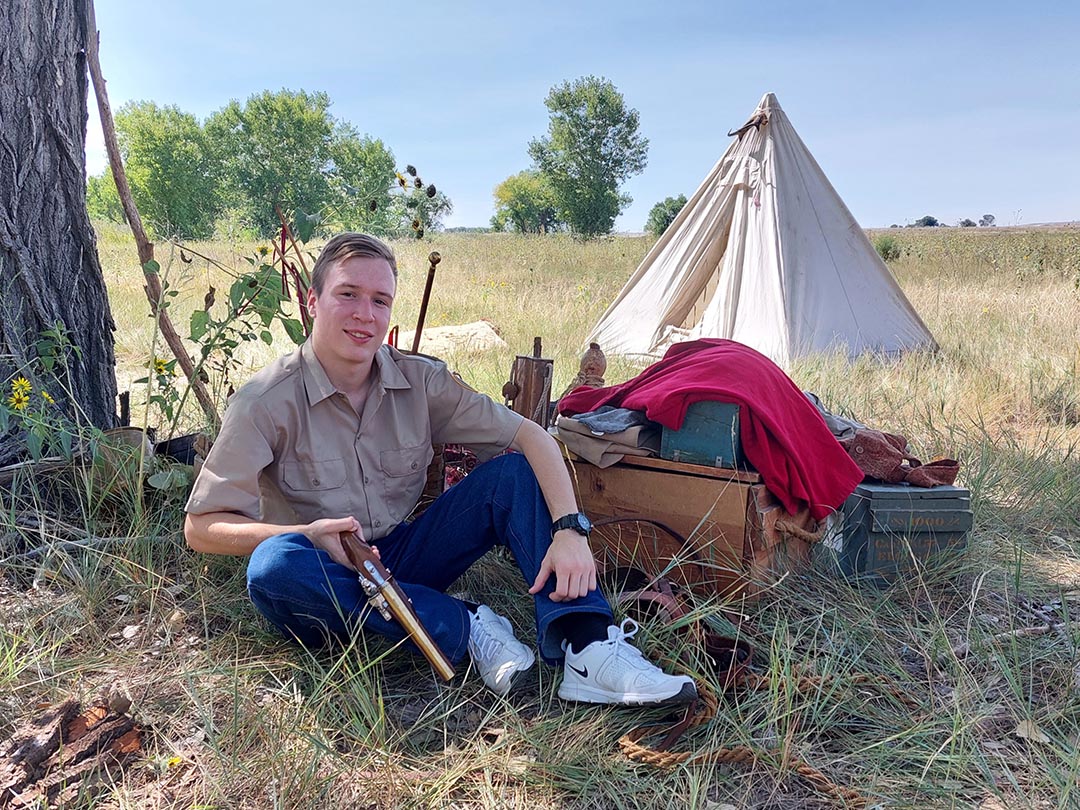
Description: Georgii Trishin, an Otero College student, was able to spend four days at Bents Old Fort National Historic Site the last weekend in Sept. Facilitated by the AIM Grant at Otero College, he was able to become part of the living history enactment.
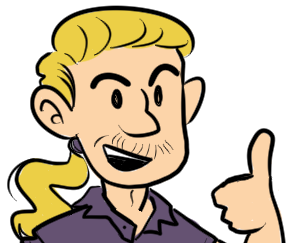
Otero College Student, Georgii Trishin, Participated in Living History Experience
By: Sarah Petramala
Georgii Trishin, an Otero College student from Moscow, Russia, had the opportunity to immerse himself into a living history event that just might have changed his life. He was able to participate in the 200th anniversary of the Santa Fe Trail opening as a commercial route, which was celebrated partially at Bent’s Old Fort National Historic Site, among other locations, from Sept. 23-26.
Otero’s AIM Grant and International Relations Office coordinated efforts to make this possible. AIM Grant Faculty Professional Development Lead and Student Research Coordinator, Dr. Kimberly Munro, realized after a presentation from a ranger that works at Bent’s Fort, that Trishin was interested and facilitated the encounter for him.
As a volunteer at My History in Moscow, Trishin has experience working within the history field. The My History group helps to preserve and store World War II memorabilia and has taught him a great deal about that era. The group helps veterans and family members trace movements and find out information from that time frame, they also help build family trees and teach people how to do genealogy reports.
Trishin is a student participating in the Year of Exchange in America for Russians (YEAR) program at Otero College. He is attending Otero for the fall semester but will then return to school at the Russian State Agrarian University - Moscow Timiryazev Agricultural Academy (RSAU-MTAA) in Moscow, Russia. Due to covid, he was not able to attend Otero in-person last year. One of his goals is to learn more about American culture and education and apply that knowledge when he returns to Russia. Upon his return, he will finish a bachelor’s degree in agriculture economics, although, after spending time at Bent’s Old Fort, he has an additional degree in mind.
For four days, the Moscow native was able to spend time at the fort and engage with the living history participants. The first and second days, Thurs. and Fri. he worked as a National Park Service volunteer. He greeted guests as they arrived, helped hand out masks, explained all the activities available, and assisted with shuttling visitors to and from the fort.
By Saturday, the third day of the event, he had met the blacksmith and made a connection with him based on his previous experience with welding and blacksmithing at RSAU-MTAA. He was able to assist the blacksmith and forged two pieces during his time there. He created a hook for the cooks to pull their pots out of the fire as well as a coat hanger. Trishin was even given period clothing so that he would look the part. That evening he helped to put on a dinner for all the participants of the symposium and took part in a traditional Mexican dance that was put on by the living history actors.
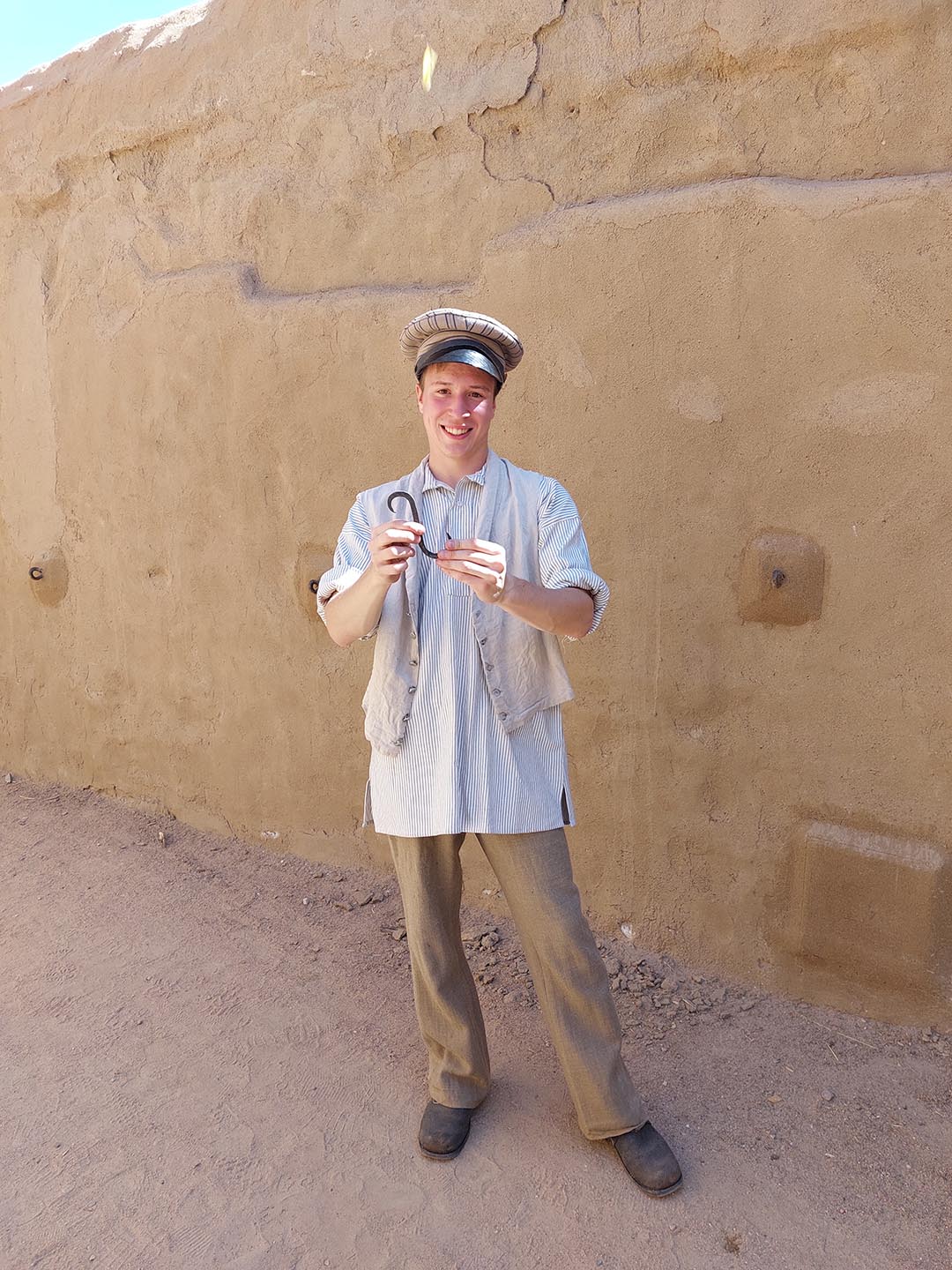 While at the Bicentennial Celebration of the Santa Fe Trail, Georgii Trishin volunteered as a blacksmith and forged a hook with tools traditional to 1843.
While at the Bicentennial Celebration of the Santa Fe Trail, Georgii Trishin volunteered as a blacksmith and forged a hook with tools traditional to 1843.
He was able to spend the night inside the fort walls, as a blacksmith apprentice would have done in 1843. Inside the fort were cooks, carpenters, the doctor and of course, the blacksmiths. Sleeping outside of the fort and closer to the river were hunters, traders, and members of the expedition camps. As he hadn’t planned on staying the night, he did not bring any bedding, but he was offered a buffalo robe blanket as well as a regular blanket by another volunteer. Trishin said the regular blanket did nothing to keep him warm, so in the middle of the night he moved under the buffalo robe. He said that it kept him so warm that he’d really like to get one for himself.
The final morning of the event, Sunday, Trishin participated in a traditional wedding ceremony. A total of three couples were wed in a (fictitious) ceremony in the early hours of the morning. The head of the living history group gave a speech and coordinated the ceremony on the upper level of the fort and then they went down to the main level to finish the ritual. The wives sat on a cart while their new husbands pulled them around the inner part of the fort. Another tradition that was followed was the swapping of shawls and hats between the newly married couples.
This experience made a lasting impression upon Mr. Trishin. He shared, “It was a really good atmosphere. I’ve seen a lot of living history before, but they were not as realistic as this was.” He went on to explain how the people of different professions would eat at different tables and marital status also played a part in the seating arrangements. He was impressed by the dedication of the volunteers. Their mannerisms, attitudes, and commitment to their parts were exemplary.
“This weekend volunteering was the best. I learned about U.S. History in the middle of the 19th century. I explored living history and became interested and now would like to find something similar when I go back to Russia. The activities at Bent’s Fort have inspired me to change my priorities and now I would also like to get a degree in history,” said Trishin. “I learned that the National Park Service is not just about preserving nature, but also about preserving the history of a location. It is my hope that more students and young people will become interested in history.”
While these types of events do not come along every day, this type of experience is something that Kimberly Munro and the AIM Grant team hope they can foster. Their goal is to help students connect with opportunities to find their passions and where they want to go from here. The AIM Grant is just entering into it’s second year of a five-year span. Dr. Munro is also working on partnerships throughout the community. She has connections with the Otero, Rocky Ford, and Koshare Museums.
For questions about the AIM Grant or it’s programs and connections, please contact Kimberly Munro at kimberly.munro@otero.edu or 719-384-6878.
Follow SECO News on the Santa Fe Trail:
Follow SECO News on Facebook:
Follow SECO News on Facebook.
Subscribe to the SECO News YouTube Channel.
Click to Zoom
Press releases Sponsor

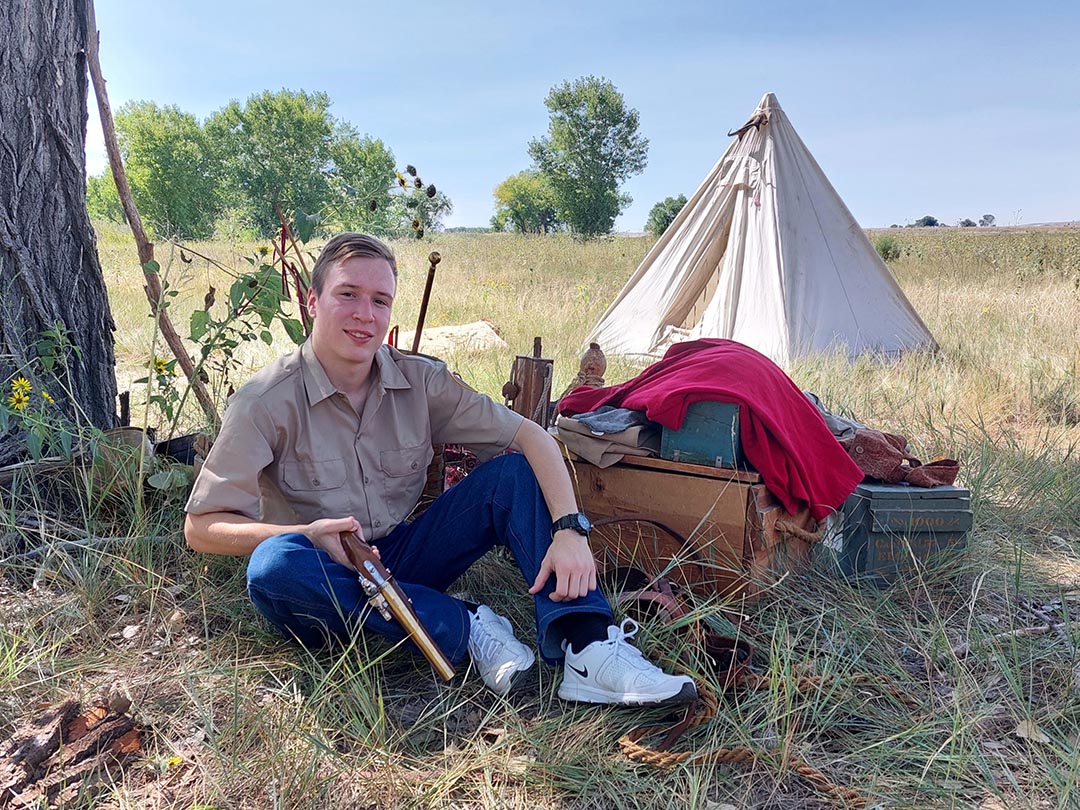






.png)

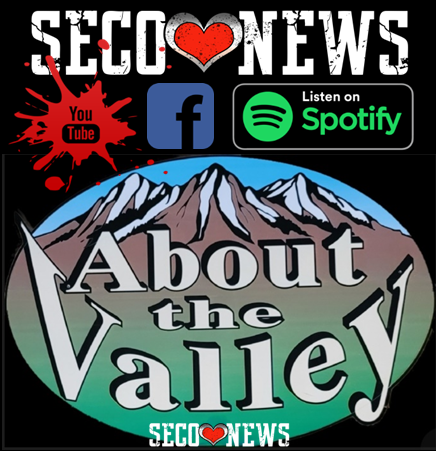




.png)
.png)


.png)







